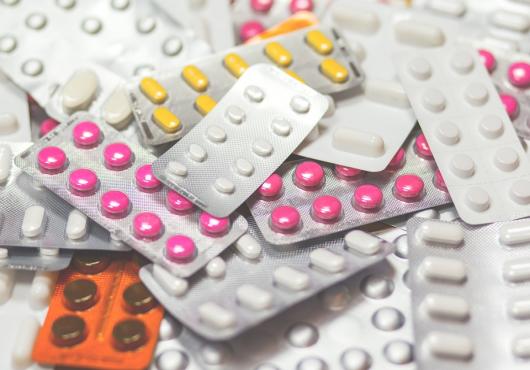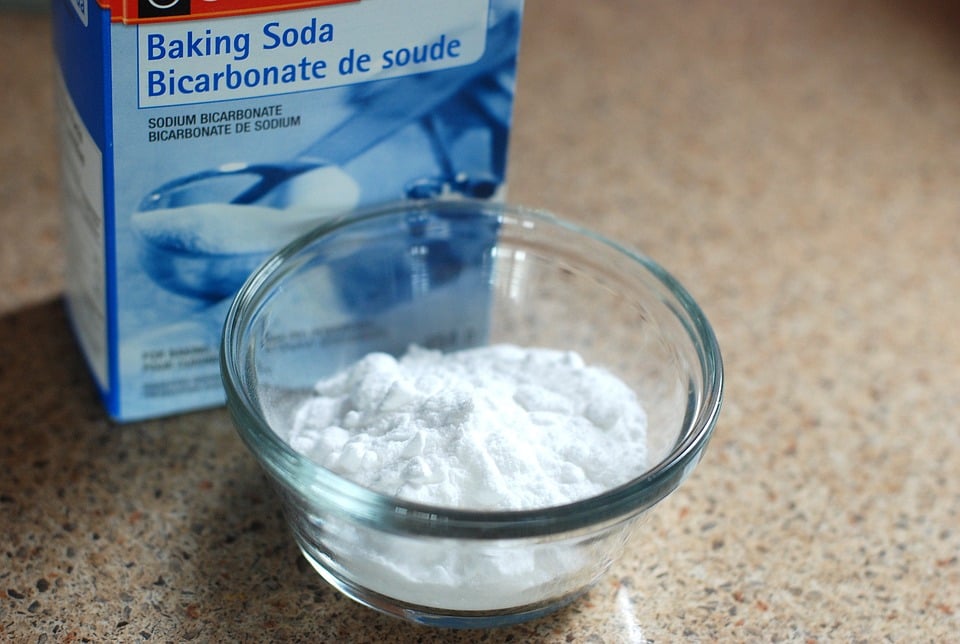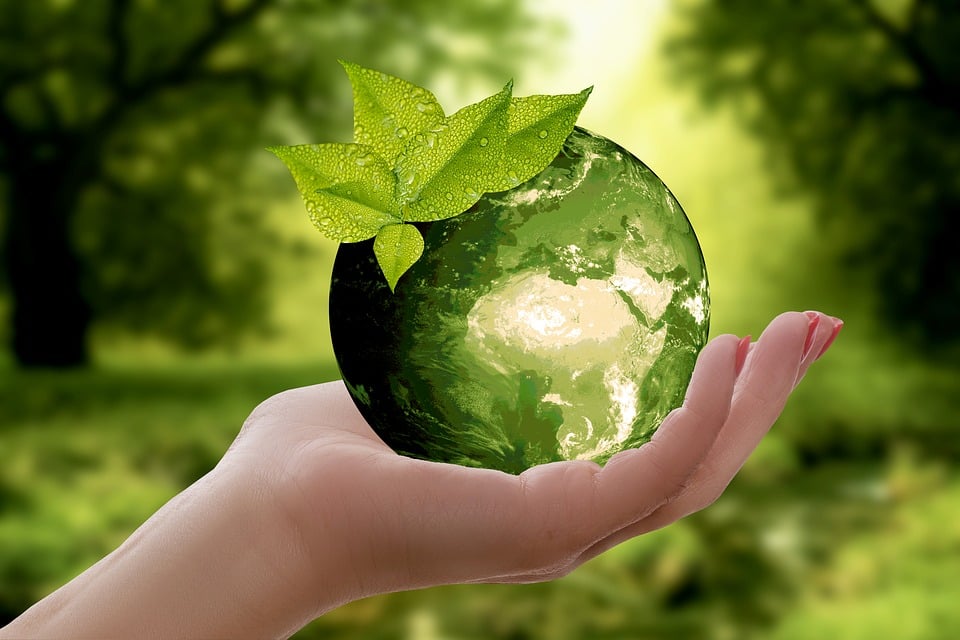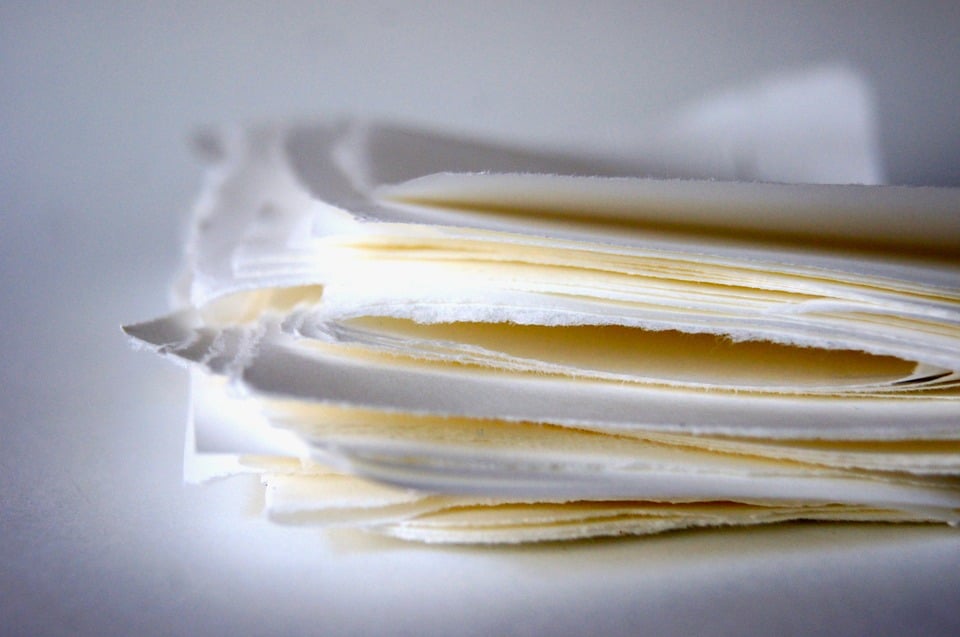
Even a simple glance at today's ecological trouble should give us enough information to realize why biodegradable Pharmaceutical packaging is important. A prolonged and emphasized use of plastic has led to massive ecological trouble. This is why we have to look at biodegradable alternatives, especially when it comes to pharmaceutical packaging. How do we properly tackle the problem of pharmaceutical packaging? And, when we do tackle it, what materials should we use? Well, to answer those questions let us take a look at biodegradable pharmaceutical packaging and its applications.
Why is Biodegradable pharmaceutical packaging important?
Pharmaceutical products require a much higher standard of packaging than your regular products. After all, they need to remain in pristine condition through storage, transport and on the shelf. Furthermore, they need to remain the same for the entirety of the shelf life of the product, which can sometimes be years. Add to that the fact that pharmaceutical companies put important information regarding the product on the packaging, and you'll easily understand why it has to be extra durable. Therefore, the more we look into it, the more we will realize why pharmaceutical packaging is so important.
Protection against humidity and moisture
One of the biggest problems pharmaceutical packaging has to address is moisture. Remember, some products are shipped worldwide, which means that they will likely go through both snow and rain. And, a large percentage of these products is in powder form, which makes them quite susceptible to water damage. You want to prevent the caking of powder as much as possible, which is why a lot of biodegradable pharmaceutical packaging needs to be waterproof.

Products like baking soda simply cannot come into contact with water.
Protection against temperature
Good biodegradable pharmaceutical packaging needs to protect its content from temperature. A high temperature shortens the shelf life of the pharmaceutical product by increasing the reaction rate. This is why tube packaging is excellent for creams and ointments. So, whether the product is being shipped or it remains on the shelf, it needs to be packed in materials that provide good insulation.
Physical protection
For physical protection, most companies use sensory cardboard packaging. It helps protect from both compressions and impact. Alongside that, there needs to be ample protection from potential vibration damage and from potential mishandling as well.
Presentation of information
One of the aspects of pharmaceutical packaging that is often forgotten is the information. Just consider what a person needs to be aware of before they use a pharmaceutical product. They need to know when it was made, what it contains, when it expires and how it is used. Add to that the marketing info that companies need to put on their products, and you will easily realize why it is so important that pharmaceutical packaging remains intact. If, due to time or bad handling, the information on a non-edible product becomes unreadable, no problem. But, if the information about a pharmaceutical issue becomes unreadable, it can easily have disastrous consequences.
What can we use to make biodegradable pharmaceutical packaging?
So, now we know different ways in which pharmaceutical packaging is applied, and why it is important that it is made from quality materials. Now the question remains, why should pharmaceutical packaging be biodegradable? After all, shouldn't we focus on simply making it as durable and resilient as possible? Well, not quite. First, we need to consider the fact that the pharmaceutical industry is expanding. And, while countries like India are experiencing a true Healthcare revolution, they aren't doing much about making in eco-friendly.

It is more important than ever that we find eco-friendly solutions to our problems.
Add to that the fact that India daily produces about 80,000 metric tons of solid waste, 3% of which is plastic, and you can easily see why we need to forgo common plastic and turn towards biodegradable pharmaceutical packaging. Keep in mind that the USA produces 400,000 metric tons of hard garbage, 30% of which is plastic. So, even though waste can be removed at an affordable rate, we can still say that the situation is dire. Especially when considering our environment. So, what are the eco-friendly alternatives?
Paper
People often overlook paper as viable biodegradable pharmaceutical packaging. While it is true that you cannot use it for long term storage, you can easily use it for short-distance transport and short term use. In this case, protection is not the issue, which is why a paper bag would be sufficient. In our view, pharma companies should switch to paper when it comes to the outer packaging. They can easily place the necessary info within the bag.
Paperboards
Paperboard makes for great biodegradable pharmaceutical packaging. It is usually made from recycled paper, which is strengthened and processed so that it provides better protection. There are different types that each provides their own strengths and weaknesses, therefore making paperboards very versatile.

Paper can make for excellent biodegradable pharmaceutical packaging material if processed properly.
Polylactic acid
Manufacturers use polylactic acid in order to produce biodegradable plastic. And, although the production costs are a bit high, the potential usage of this plastic is amazing. Not only can you use it as biodegradable pharmaceutical packaging. But, you can also use it for medical waste management or long term storing. It is quite durable and easy to manipulate, if necessary.
Protein
Few people realize that you can actually change the structure of the protein and make it into biodegradable packaging film. The most common source for this film is agricultural feedstocks. But, you can pretty much get protein from any natural source. All you need to do is to cross-link natural protein with the synthetic monomer.
Starch
Starch is usually obtained from cereal and legumes. People commonly use it to produce sugar. But, you can easily use it to produce eco-friendly packing material. Manufacturers usually press it into sheets and later use it to protect fragile items. This makes it excellent as padding material as it provides much-needed protection for more fragile pharmaceutical products. Another use of it is to inhibit the growth of microbes. This makes it excellent for long term storage, as it helps prevent products from going bad.






